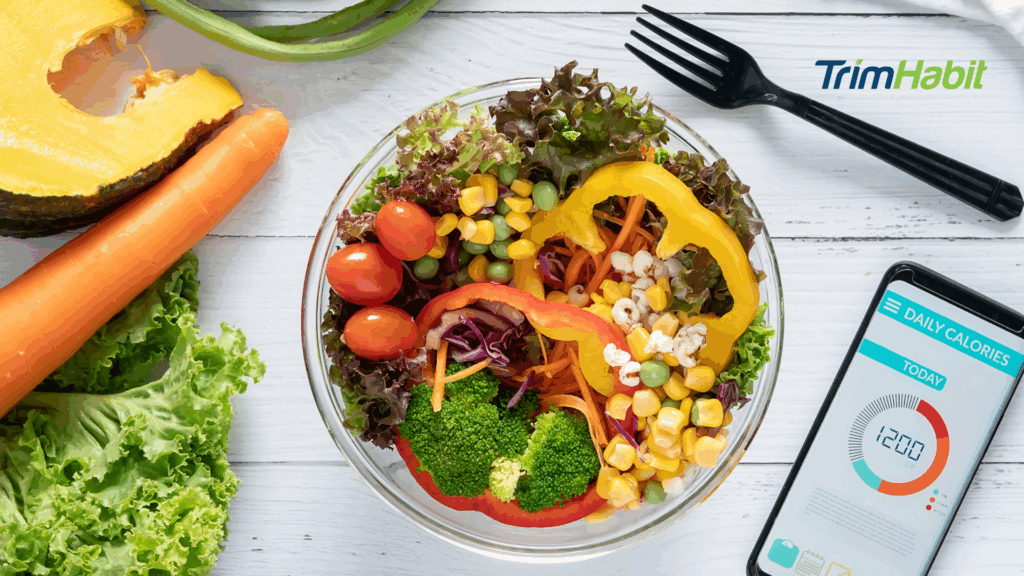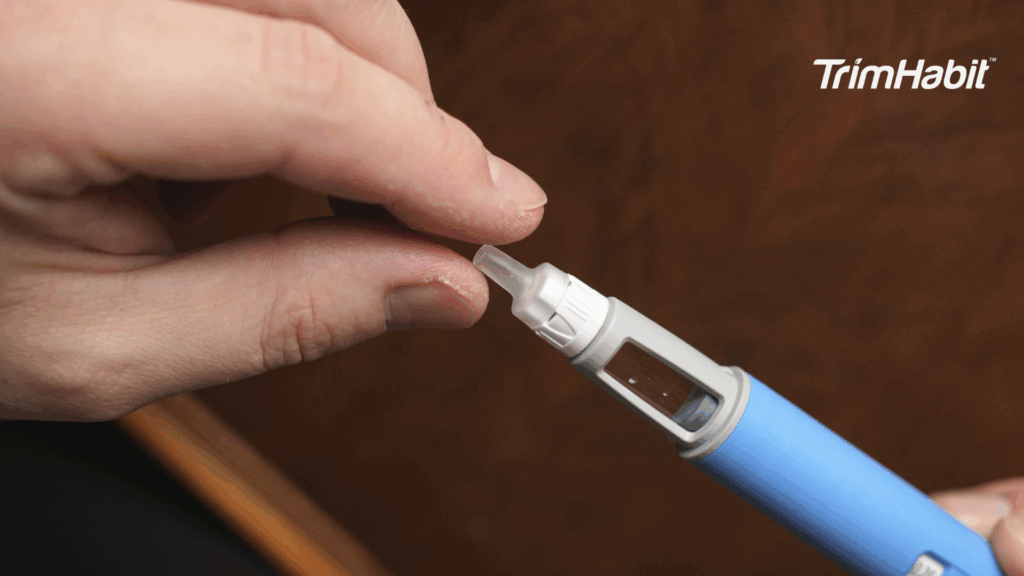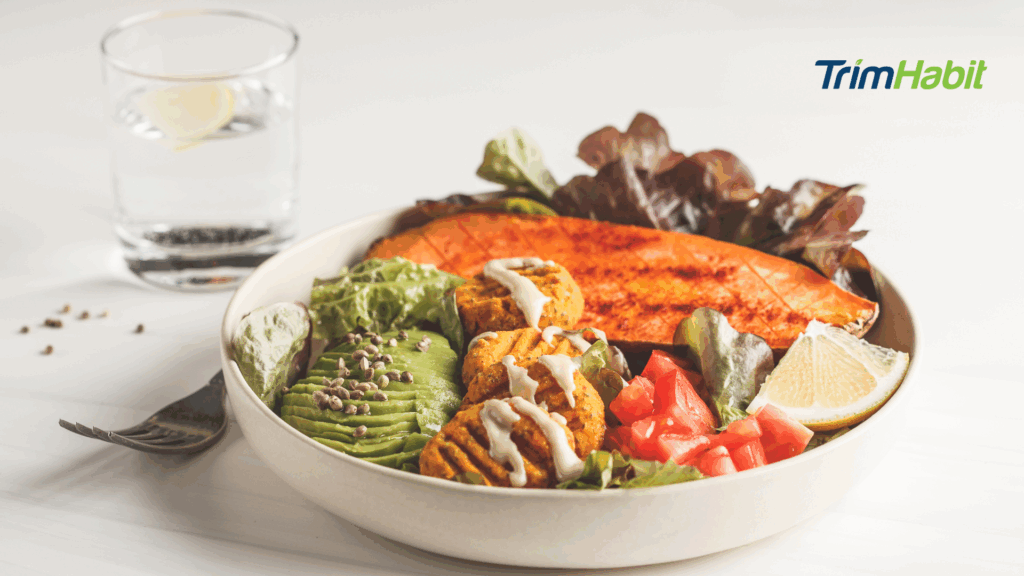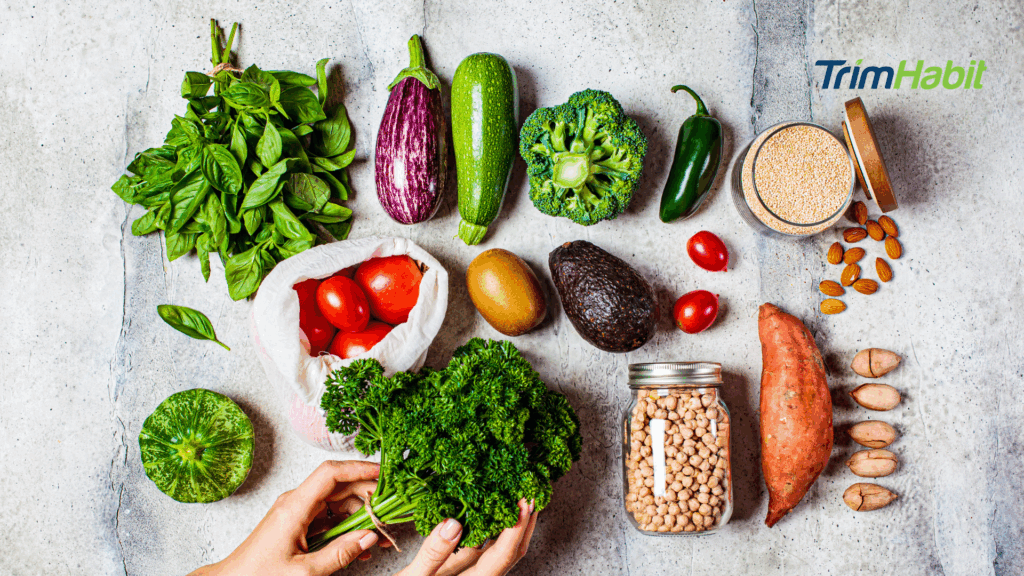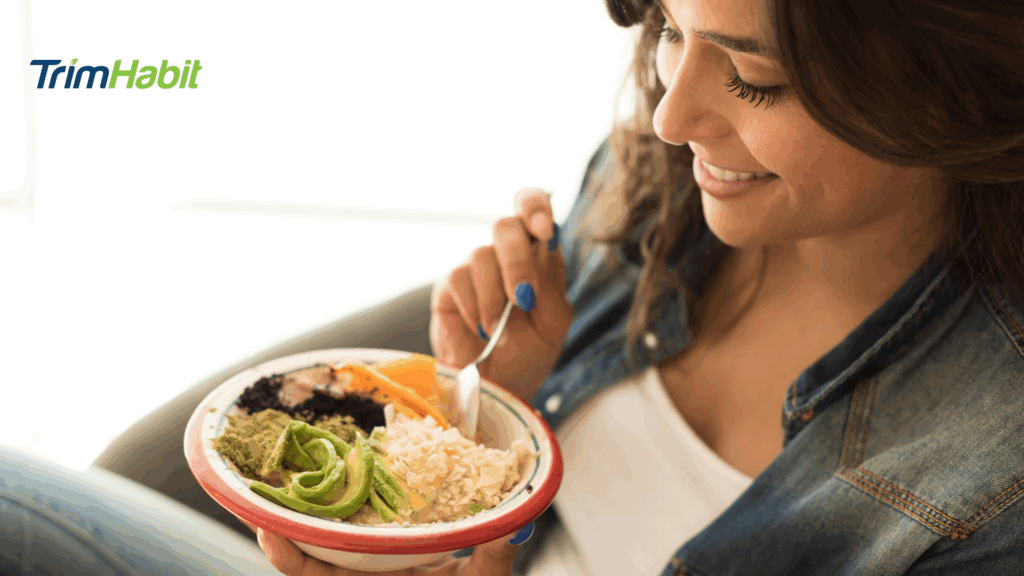Protein is one of the most talked-about nutrients. From muscle building to weight management, it’s clear that protein plays a key role in our diets. But when paired with intermittent fasting, the dynamics shift. Does a higher intake of protein enhance the fasting experience, or does it complicate things?
Let’s take a closer look at why building a high-protein diet while practicing intermittent fasting matters.
Understanding Intermittent Fasting And Protein Diet
Intermittent fasting involves designated periods of eating and fasting, during which the body shifts how it uses energy. It has many health benefits but is best known for helping with weight loss. Many people follow plans like the 16:8 schedule, where food is consumed within an 8-hour timeframe, or the 5:2 structure, where calorie intake is restricted on specific days of the week.
A high-protein diet involves consuming foods rich in protein, such as lean meats, eggs, dairy, legumes, and protein supplements. Protein, one of the primary macronutrients, plays an important role in building and maintaining muscle, repairing tissues, and supporting numerous bodily functions1,2.
When practicing intermittent fasting, incorporating enough protein during eating windows is critical for maintaining muscle mass and controlling hunger. This combination can help support your health goals while ensuring your body has the nutrients it needs.
Benefits Of A High-Protein Diet During Intermittent Fasting
Pairing a high-protein diet with intermittent fasting offers unique benefits, especially for those looking to manage weight or preserve muscle. Here are some key advantages of prioritizing protein:
Preserve Muscle Mass
During fasting periods, your body may turn to muscle protein for energy if dietary protein intake is insufficient. Eating enough protein during your meals helps protect muscle mass, ensuring your body burns fat instead of muscle3.
Supports Satiety
Protein is highly satiating, meaning it helps you feel full longer. This can make fasting periods more manageable and reduce the likelihood of overeating during eating windows.
Boosts Metabolism
The body uses more energy to digest protein compared to fats or carbohydrates. This thermogenic effect can help support calorie burning, even during periods of reduced activity4.
Improves Recovery and Performance
For those who exercise, intermittent fasting combined with high protein can aid in muscle recovery and performance. Consuming protein-rich meals after workouts helps repair muscle and promotes growth5,6.
Best Foods For High Protein Diet While Fasting
A variety of protein-rich foods are essential for supporting muscle preservation, hunger control, and sustained energy during intermittent fasting. Both animal-based and plant-based options provide important nutrients that can be adjusted to fit different dietary preferences.
Animal-Based Protein Sources
- Lean Meats
- Examples: Chicken breast, turkey, lean cuts of beef or pork.
- Benefits: These meats are high in protein and relatively low in fat, making them great for muscle maintenance and managing calorie intake.
- Fish and Seafood
- Examples: Salmon, tuna, mackerel, shrimp, and cod.
- Benefits: Fish like salmon and mackerel provide protein along with heart-healthy omega-3 fatty acids, which are beneficial for health.
- Eggs
- Benefits: Eggs are a versatile protein source, rich in essential nutrients like choline and vitamin D, making them a valuable addition to meals.
- Low-Fat Dairy Products
- Examples: Greek yogurt, cottage cheese, skim milk, and reduced-fat cheese.
- Benefits: Dairy products are rich in protein, calcium, and probiotics, which support both muscle health and digestive function.
Plant-Based Protein Sources
- Legumes
- Examples: Lentils, chickpeas, black beans, and kidney beans.
- Benefits: Legumes provide a solid amount of protein and fiber, helping to maintain muscle and manage hunger during fasting windows.
- Soy-Based Foods
- Examples: Tofu, tempeh, edamame, and soy milk.
- Benefits: Soy-based products are complete proteins, offering all the essential amino acids the body needs.
- Whole Grains
- Examples: Quinoa, farro, and bulgur.
- Benefits: Quinoa is a complete protein, while other whole grains pair well with legumes to create balanced meals.
- Nuts and Seeds
- Examples: Almonds, walnuts, chia seeds, flaxseeds, and sunflower seeds.
- Benefits: Nuts and seeds provide protein along with healthy fats, making them a filling and nutritious addition to meals or snacks.
- Plant-Based Protein Powders
- Examples: Pea protein, hemp protein, and brown rice protein powders.
- Benefits: These powders are convenient for quickly boosting protein intake, especially when whole food options aren’t available.
Strategies For Building A High-Protein Diet While Practicing Intermittent Fasting
Focus on High-Quality Protein Sources
It’s important to prioritize foods that are rich in protein and also provide other nutrients that support your body. Include a variety of animal-based proteins like lean meats, such as chicken and turkey, fatty fish like salmon, eggs, and dairy products like Greek yogurt and cottage cheese.
For those who follow a plant-based diet, protein-rich options include legumes like lentils and chickpeas, soy-based foods like tofu and tempeh, and grains such as quinoa, which is a complete protein.
Pair Protein with Other Nutrient-Dense Foods
To make your meals more satisfying and balanced, combine your protein sources with foods that provide fiber, healthy fats, and complex carbohydrates. Pairing grilled chicken with roasted vegetables and a serving of quinoa creates a nutrient-dense plate that will keep you full and energized. Similarly, a salad with mixed greens, lentils, avocado, and olive oil not only provides protein but also ensures you’re getting a variety of essential nutrients.
Plan Protein Intake Around Exercise
If you include physical activity in your routine, it’s particularly important to consume protein both before and after workouts. Eating a protein-rich meal or snack before exercising can give your body the building blocks it needs for recovery, while consuming protein afterward helps repair muscle tissue and supports growth. Meals such as a smoothie with whey protein, almond butter, and a banana or a tofu stir-fry with brown rice are excellent options to complement your workouts.
Consider Protein Supplements When Necessary
If you find it challenging to meet your protein requirements through whole foods alone, supplements like protein powders can be a helpful addition. These can be especially useful for breaking a fast, as they are easy to digest and quickly absorbed by the body. A protein shake made with unsweetened almond milk, a scoop of your preferred protein powder, and a handful of spinach can serve as a simple and nutritious way to boost your intake.
Practical Tips For Combining A High-Protein Diet with Intermittent Fasting
Intermittent fasting and a high-protein diet can work hand in hand, but success often depends on making smart adjustments to your eating habits. Here are some tips designed to help you get the most out of your fasting routine while meeting your nutritional needs:
Start with a Protein-Rich First Meal
Breaking your fast with a meal high in protein helps you feel satisfied longer. Options such as scrambled eggs with avocado, a protein smoothie with Greek yogurt and berries, or grilled chicken with a side of roasted vegetables are excellent starting points.
Space Protein Intake Throughout the Eating Window
Protein pacing—spreading your protein intake evenly across your meals—allows the body to use it more effectively. Higher protein intake spread across meals aids in muscle preservation, supports metabolic function, and can help regulate body weight.
Hydrate and Combine Protein with Water-Rich Foods
After fasting, rehydration is crucial. Combine lean protein with water-rich foods, such as pairing salmon with cucumber salad or enjoying a bowl of cottage cheese with fresh melon slices.
Prep Protein-Rich Meals Ahead of Time
Preparing meals in advance ensures you have quick access to high-protein options like grilled chicken, boiled eggs, or roasted chickpeas. This reduces the risk of resorting to processed foods during your eating window.
Use Protein Supplements Strategically
Protein powders or bars can be useful tools, especially for busy schedules. Select options with a clean ingredient list to complement whole-food sources of protein, ensuring you maintain variety in your meals.
Adapt Meals to Manage Hunger and Energy
Fasting can affect hunger patterns, so prioritize meals that pair protein with fiber-rich vegetables or whole grains. This helps maintain fullness and ensures steady energy levels throughout the day while contributing to better management of body weight and body fat.
Listen to Hunger Signals
Fasting can alter your natural hunger cues. Prioritize high-protein foods when you feel genuine hunger to maintain steady energy and prevent overeating.
Challenges Of Combining A High-Protein Diet With Intermittent Fasting
While pairing a high-protein diet with intermittent fasting can offer numerous benefits, it’s not without challenges. To help you prepare and adapt to this dietary combination, here’s what to expect when combining these practices:
Hitting Protein Targets Within Limited Eating Windows
Fitting adequate protein into a shortened eating period can be difficult, especially for those with higher protein requirements, such as athletes or individuals engaging in strength training. To address this, focus on lean protein sources like chicken, fish, or tofu, which deliver more protein per calorie, and incorporate protein supplements if necessary.
Digestive Discomfort
Suddenly consuming large amounts of protein after fasting can overwhelm the digestive system, leading to discomfort or bloating. Breaking your fast with smaller, easier-to-digest meals that include protein can help your body adjust.
Cost of High-Protein Foods
High-quality protein sources, particularly lean meats, fish, and certain plant-based options like quinoa, can be more expensive. To manage costs, incorporate budget-friendly options such as canned tuna, lentils, or eggs, which still provide significant nutritional value.
Social and Lifestyle Constraints
Balancing the demands of intermittent fasting and high-protein eating can be challenging in social situations or with irregular schedules. Meal prepping and packing portable protein options like boiled eggs or protein bars can help you stay consistent without feeling restricted.
Risk of Overemphasizing Protein
While protein is essential, overconsumption at the expense of other macronutrients like carbohydrates and healthy fats can lead to imbalanced nutrition. Include fiber-rich vegetables, whole grains, and healthy fats alongside protein to ensure a well-rounded intake.
Potential Fatigue or Energy Dips
If meals are not properly balanced, you may experience fatigue, especially during fasting periods. Pairing lean protein with nutrient-dense carbohydrates like sweet potatoes or quinoa can sustain energy and prevent blood sugar crashes.
Conclusion
Building a high-protein diet while practicing intermittent fasting requires a focus on diet quality, as what you eat during the eating window plays a key role in your health and fitness goals. Maintaining a steady intake of protein daily, along with nutritious foods, can support muscle preservation, help manage body weight, and boost metabolism.
During the fasting period, it’s important to plan meals wisely to ensure you get the nutrients needed for sustained energy. Combining protein with fasting can help manage hunger, keep energy levels stable, and even help you lose weight if desired.




